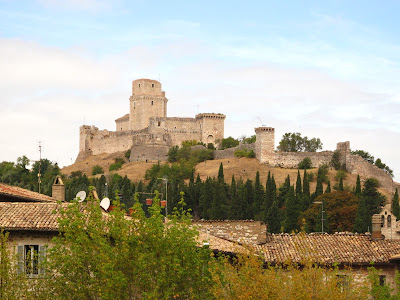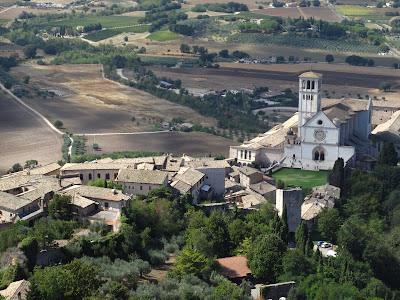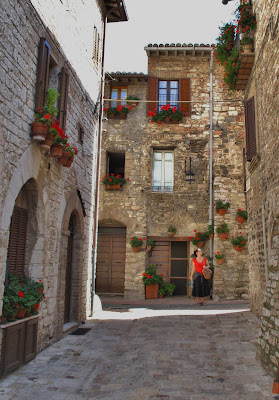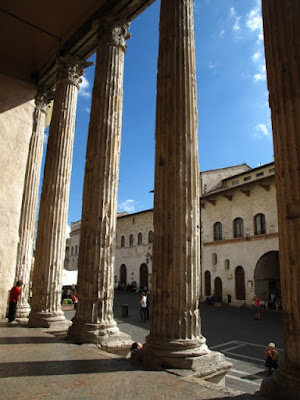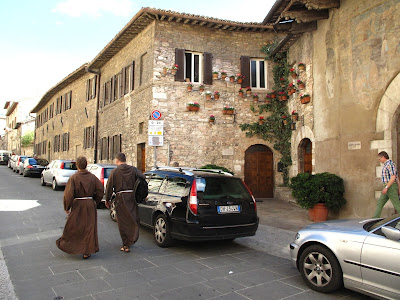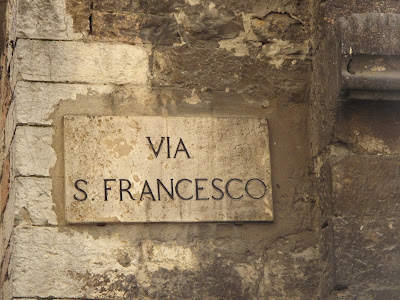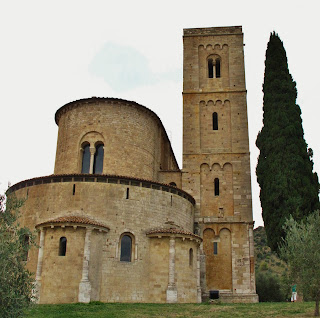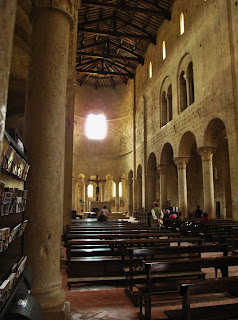Ireland has captured my imagination for so many years that the land, history, myths, music of this island all seem like a faraway dream. This summer along with my husband Luke, our son Liam and two of my close friends from Europe; I am going to make this dream a reality as we set off on a two-week Irish road trip!
The plan is to see the countryside of Ireland and get a feel for the history and people of this land. To learn about the mysterious first people of Ireland that were there before the English, the Vikings, the Celts all came to the Island. Also, I wish to learn about the three Patron Saints of Ireland; Patrick, Columba, and Bridgid who are the Irish Trinity that played such an important role in Ireland's history.
Landing in Dublin, we plan to pick up a minivan and spend the day in Ireland's long-forgotten past. The Boyne Valley is about 40 km North of Dublin and home to Bru Na Boyne; mysterious 5000-year-old tombs that are much older than the pyramids in Egypt!
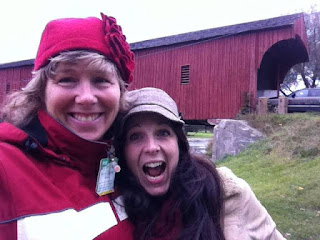 |
| Jenni joins us from Norway |
Back to the airport briefly to pick up our friend Jenni (flying in from Norway) before we head South of Dublin to the Wicklow Mountains. We spend the night next to an early Christian monastic site called Glendalough, which is near a peaceful lake. Glendalough was founded by St. Kevin and is known for its round tower and a graveyard full of some of the most intricate high crosses in Ireland.

Next, we head to the enchanting medieval town of Kilkenny, home to some of Irelands best suds! Kilkenny will be our springboard for checking out to the plains of Tipperary and the Rock of Cashel; which is a giant castle that was the ancient seat of power for the Kings of Munster. We spend the night in a cottage set in the prettiest pastoral lands in Ireland, next to the evocative Jeerpoint Abbey.
Then it's onward to the coast! The salty sea air beckons us to spend time exploring the towns of Kinsale and Cobh on the South coast of County Cork. We will spend our night near the peaceful Cork Harbour after exploring Cobh on Great Island, and the waterfront town of Kinsale. Kinsale's historic harbour is where we hope to stroll if the weather is fair and perhaps take a tour of the star-shaped Charles Fort that dominates the waterfront. Of course, no trip to County Cork would be complete if we didn't head to Blarney Castle. I don't know if we are going to give the ol' Blarney stone a snog or not, but we just have to check it out!
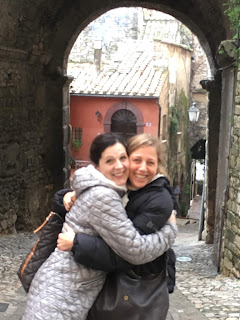 |
| Sara joins us from Rome |
The city of Cork is where we will pick up the next character in our adventures-Sara from Rome! We will swoop into the Cork airport and gather her up as we head to our rustic thatch roof cottage that sits on the beautiful Ring of Kerry. From this little cottage (which will be our home for a week) we will explore Killarney Park, The Ring of Kerry, Skellig Islands, Dingle Penninsula, Cliffs of Mohr and Galway to name just a few places. Our days will be full of castles, beaches, standing stones, ancient sites, nature, Irish music and of course beers!
 |
| Beautiful Scenery of Ireland |
After our week together comes to a close we will drop Sara back off at the Cork airport and head on to Dublin via an essential stop in Kildare. There is a holy well that is said to be that of the Celtic Goddess Bridgid who later became St. Bridgid that I would like to visit. The well and the surrounding standing stones are said to have healing powers! Who couldn't use some of that!?!
We end our trip to Ireland with three days in Dublin where there are a few things I would love to see. At the top of my list is the Book of Kells in Trinity College and the Irish National Museum. I think my son would enjoy the lively Temple Bar area and I would love to take a look at Grafton Street and all the shops to look at Irish handicrafts. Follow along on my adventure and see how the itinerary ACTUALLY worked...
Have you been to Ireland? Let me know in the comments below what you enjoyed most in Ireland, and what & where NOT to miss on our summer road trip!




